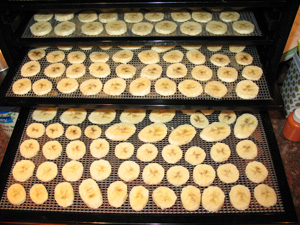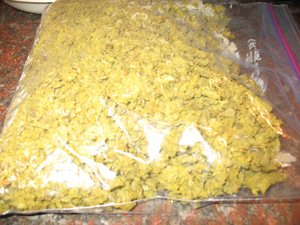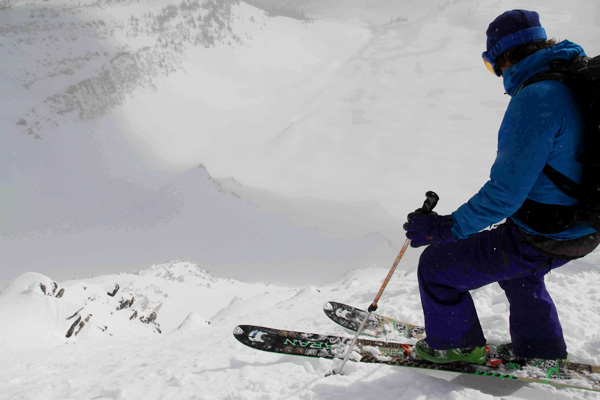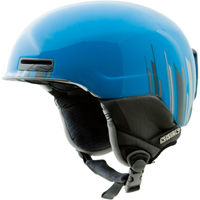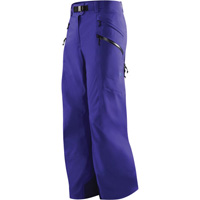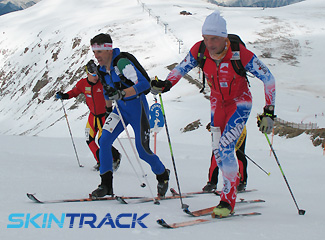Suunto Ambit 2 quick overview:
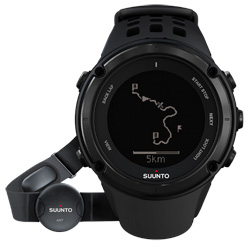
- Usual full price: $550.00 USD
- Weight: 82-92 g depending on the model (mine is 89g for the watch + HR belt 60g)
- Cost per gram: $3.69 / g (watch + belt)
- Pros: Battery life, data analysis, TrackBack GPS function
- Cons: Data transfer, size
- Suitability: Complete sports watch for outdoor/mountain athletes who want the most comprehensive data to monitor their training with the ability to navigate GPS tracks.
- How we go it: Bought through a pro-deal (disclosure notices)
Bottom line:
Expensive but it does everything. If you want the best of the best this is it.
Photos:
Product description and How we tested it:
Four months of summer testing, skiing and running the Sea-to-Sky. It is billed as the wrist-top computer for explorers. The Ambit2 is a fully equipped sport watch with an excellent heart-rate monitor and a GPS device. The Ambit2 has a large battery designed to lengthen its life in GPS mode (compared to a smaller version – the Ambit 2S – geared toward multi-sport athletes).
Suunto has stepped up where Garmin models failed to provide battery life sufficient for ultra-endurance and mountain athletes. The Ambit2 can be used over multiple days and for events lasting longer than 20 hours.
The watch casing itself is similarly sized to other GPS models and though slightly bulky, not overly. Screen size is adequate for reading data and simple navigation. Data fields can be customized to any combination of displays to suit your needs depending on activity. I like to see HR while training but am more concerned with elevation and time during hikes – easy to setup using the online interface.
User designed apps allow custom metrics that can be displayed. While I personally don’t find any of the available apps any better than what is packaged on the watch, this idea has potential for the future as users become better app programmers.
Distances during my runs are generally slightly lower than the devices that running partners use but not significantly. The large face is exposed to scratches, especially while using hands on rock but seems scratch resistant.
Moveslink software is intuitive to use but requires an Internet connection and data is stored online. Every variable can be plotted on graphs versus time and distance.
A track is superimposed over a Google Map. Tracks can be exported and saved within Moveslink to be shared with other users. This allows users to download a track in a new area and use the navigation feature to follow it from start to finish.
GPX files can be exported from Moveslink and uploaded to Strava.com and other training software.
Other features include a compass and accelerometer to enhance distance accuracy.
Pros:
- Fastest GPS connection I have ever had. Always connects faster than the Garmin.
- Best battery life (50hrs) of competitive GPS watches.
- Top quality HR signal.
- Moveslink software allows useful analysis of data after transfer from device.
- Recently announced TrackBack feature allows user to retrace their route back to the starting point. Useful “breadcrumb” navigation tool. Could be crucial to ski mountaineers/mountain athletes who find themselves retreating in a snowstorm when navigation is difficult.
Cons / What can be improved about this product:
- Computer connection uses USB cable (compared to wireless ANT connection).
- Data transfer requires significant time (sometimes >15min).
- Data transfers failed frequently using early software versions. This seems to have been fixed, though transfer times are still long.
- Internet connection required to transfer data and utilize Moveslink.
Product Specs:
- Weight: 89 grams (my model)
- Cost per Gram: $3.69 / g (watch + belt)
- Battery life: up to 50 hrs.
- Water resistance: 100 m / 328 ft
- Warranty: 2 years watch, 1 year included accessories
- Critical accessories:
- HR Strap (Included in HRM version)
- Computer with Moveslink installed
- Optional accessories:
- Running Cadence Monitor (overrides distance data from GPS)
- Cycling Speed/Cadence Monitor
Online stores that carry Suunto Ambit 2 watch:

- $450-600 at Amazon.com
- $550 at Backcountry.com
- $450 at GearX.com (Suunto Ambit2 S)
- $550 at REI.com
- $450 at CampSaver.com (Suunto Ambit2 S)
- $550 at MooseJaw.com




 This not to say you should over eat or over hydrate. Strike a balance but it’s OK to be more on the fuller side. As for hydration, drink to thirst, you don’t need to go crazy.
This not to say you should over eat or over hydrate. Strike a balance but it’s OK to be more on the fuller side. As for hydration, drink to thirst, you don’t need to go crazy.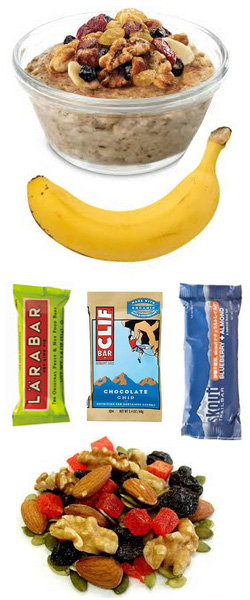 I find it tough to give a specific advice with this one because I believe you should rather eat for race breakfast what you like (even if not the most ideal) than fight a taste of something that experts say is the best fuel.
I find it tough to give a specific advice with this one because I believe you should rather eat for race breakfast what you like (even if not the most ideal) than fight a taste of something that experts say is the best fuel.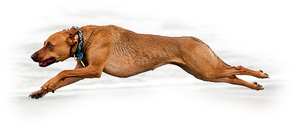 All fueled up now?
All fueled up now?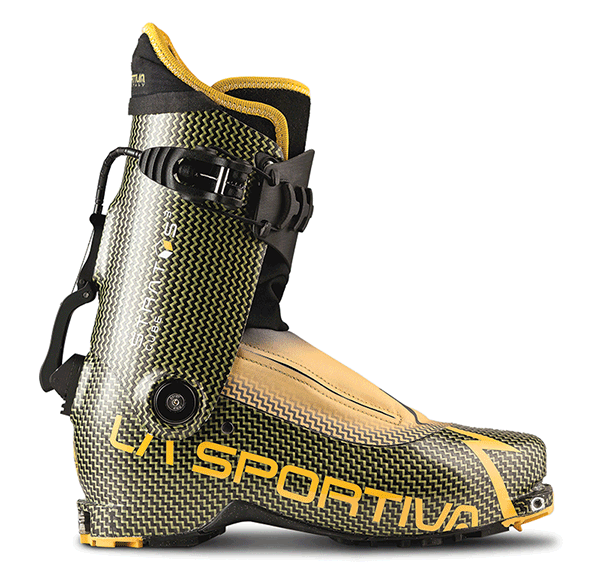
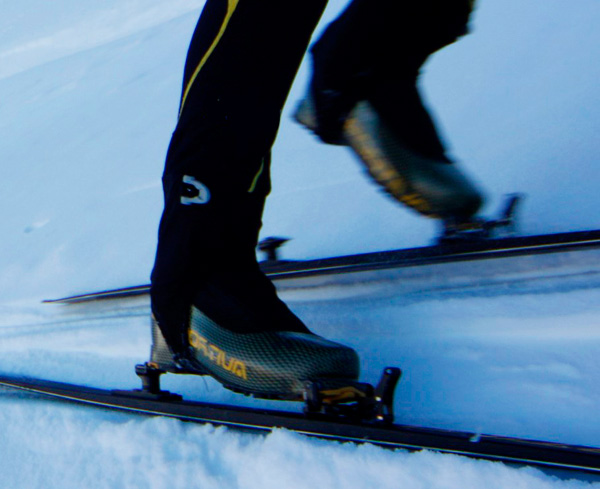
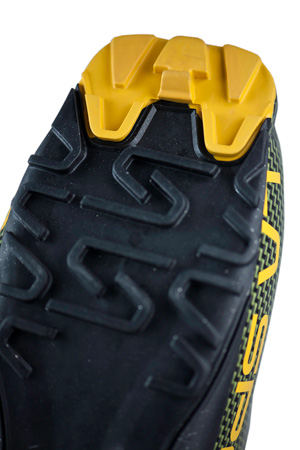
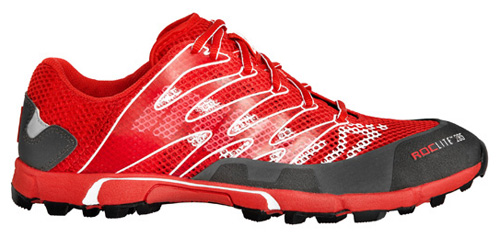
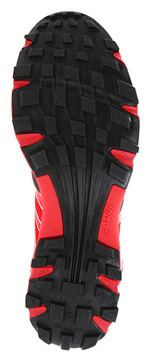 New running experience
New running experience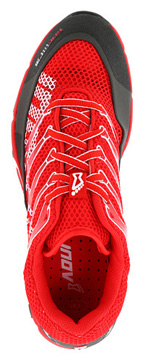 Since I like to ease into things I didn’t take the Roclites for my 1.5h+ runs until I felt comfortable that I figured out the best style for such minimalistic shoes.
Since I like to ease into things I didn’t take the Roclites for my 1.5h+ runs until I felt comfortable that I figured out the best style for such minimalistic shoes.
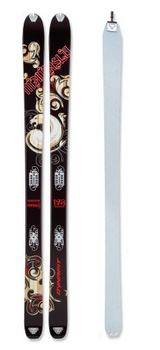
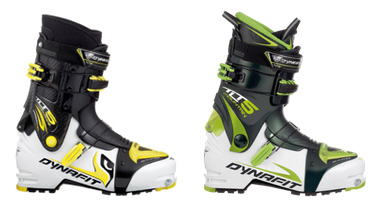
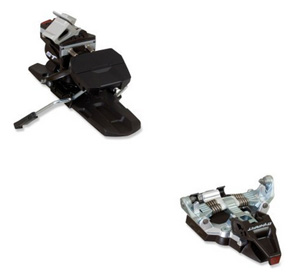
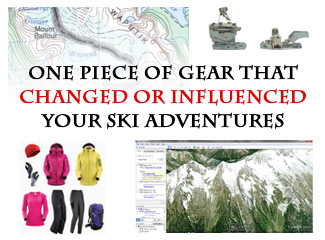 So I had an idea – let’s ask couple of interesting people 3 simple questions and see what comes out of it.
So I had an idea – let’s ask couple of interesting people 3 simple questions and see what comes out of it.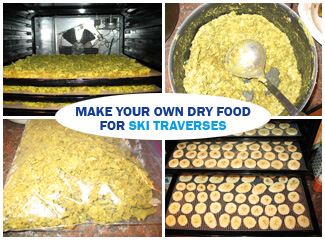 Then while staying at mountain cabins I randomly met people that would pour dried food into boiling water from Ziplocs.
Then while staying at mountain cabins I randomly met people that would pour dried food into boiling water from Ziplocs.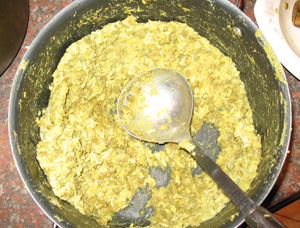
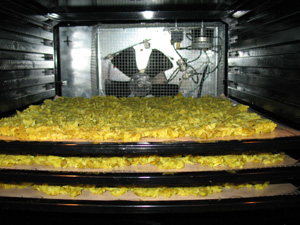 To prepare these rice dishes you will need only the usual kitchen tools and a food dehydrator.
To prepare these rice dishes you will need only the usual kitchen tools and a food dehydrator.
